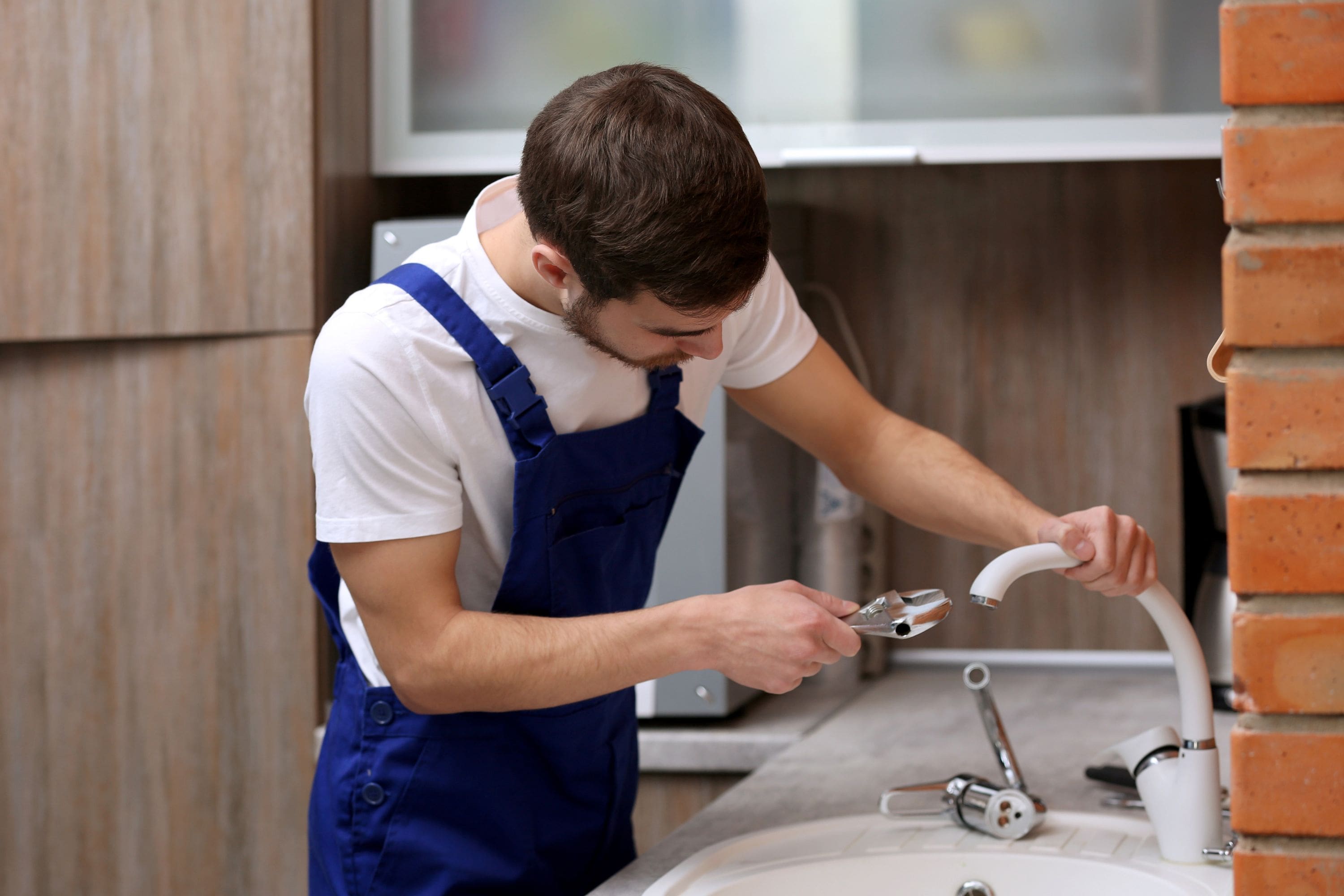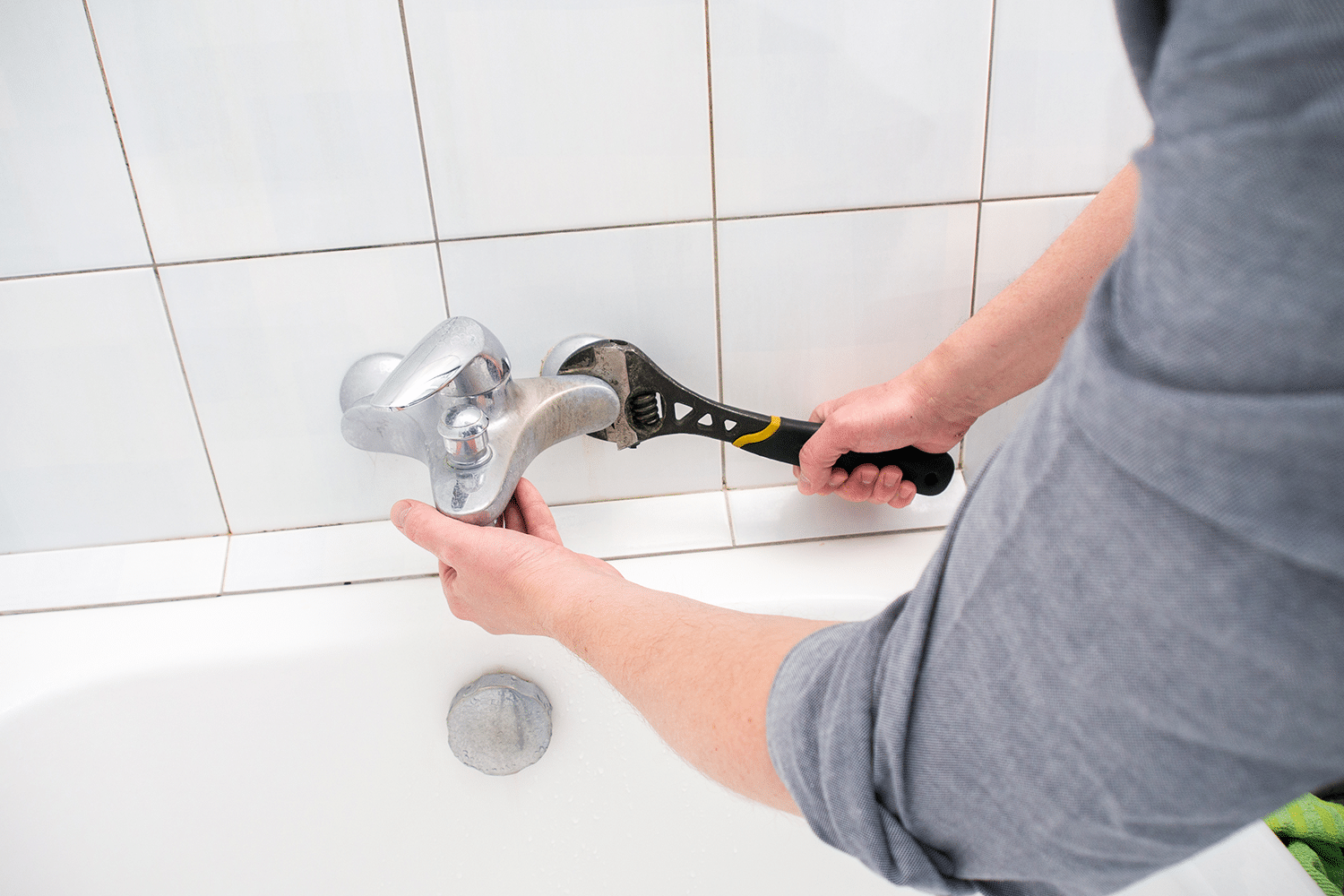Do you find yourself looking for tips concerning Why Are My Faucets Dripping (And Can I Fix It Myself)??

Dripping faucets may look like a small aggravation, yet their impact goes beyond simply the annoyance of the noise. From wasting water to sustaining unnecessary financial expenses and health dangers, neglecting a dripping tap can bring about numerous consequences. In this write-up, we'll delve into why it's important to resolve this common family issue promptly and successfully.
Waste of Water
Ecological Effect
Leaking faucets contribute considerably to water wastage. According to the Epa (EPA), a single tap trickling at one drip per second can lose more than 3,000 gallons of water each year. This not just strains water resources yet also influences environments and wildlife depending on them.
Financial Costs
Boosted Water Costs
Beyond the ecological influence, trickling taps can blow up water costs substantially. The accumulated wastefulness in time translates into greater utility expenses, which might have been stayed clear of with prompt repair services.
Potential Building Damage
Furthermore, prolonged trickling can lead to damage to components and surfaces surrounding the faucet. Water buildup can cause staining, rust, and even structural concerns if left ignored, resulting in additional repair work costs.
Health and wellness Issues
Mold And Mildew and Mold Development
The constant existence of wetness from a dripping faucet develops an excellent environment for mold and mold growth. These fungi not only endanger indoor air top quality yet additionally position wellness threats, specifically for people with breathing problems or allergies.
Waterborne Illness
Stationary water in trickling taps can come to be a breeding ground for germs and other virus, enhancing the risk of waterborne illness. Impurities such as Legionella bacteria flourish in stationary water, potentially causing significant ailments when ingested or inhaled.
Do it yourself vs. Specialist Repair
Benefits and drawbacks of Do It Yourself Repair
While some might attempt to take care of a leaking faucet themselves, DIY repairs come with their very own set of challenges. Without appropriate knowledge and tools, DIY attempts can aggravate the problem or bring about insufficient repair services, prolonging the problem.
Benefits of Hiring a Specialist Plumber
Hiring a specialist plumber makes certain that the underlying cause of the leaking faucet is dealt with properly. Plumbings possess the proficiency and tools to detect and repair faucet issues successfully, conserving time and minimizing the danger of further damage.
Step-by-Step Guide to Repairing a Dripping Faucet
Devices Called for
Prior to attempting to fix a leaking tap, collect the necessary devices, including an adjustable wrench, screwdrivers, replacement parts (such as washing machines or cartridges), and plumber's tape.
Usual Faucet Issues and Their Solutions
Determine the type of faucet and the particular concern creating the drip. Common issues consist of worn-out washing machines, rusty valve seats, or defective O-rings. Refer to manufacturer guidelines or on the internet tutorials for step-by-step support on repairs.
Safety nets
Routine Upkeep Tips
To avoid dripping taps, perform routine upkeep such as cleaning up aerators, examining for leaks, and replacing damaged parts immediately. In addition, think about mounting water-saving tools or updating to more reliable components.
Importance of Prompt Services
Addressing trickling faucets as quickly as they're seen avoids more water wastefulness and potential damages, eventually saving both water and cash in the long run.
Influence On Property Worth
Understanding of Well-Maintained Building
Maintaining a building in good condition, including attending to maintenance concerns like leaking taps, improves its viewed worth and charm among prospective buyers or tenants.
Influence on Resale Value
Characteristics with well-maintained plumbing components, including taps, command higher resale worths in the real estate market. Attending to dripping faucets can contribute to a positive perception during building assessments and negotiations.
Ecological Duty
Private Payment to Conservation
Taking duty for dealing with trickling faucets aligns with broader initiatives towards water preservation and ecological sustainability. Every individual's activities collectively make a significant influence on preserving precious sources.
Sustainable Living Practices
By focusing on timely repair work and adopting water-saving habits, individuals add to lasting living methods that benefit both present and future generations.
Verdict
Resolving a leaking faucet goes beyond mere comfort; it's a vital action towards preserving water, reducing financial expenses, and protecting wellness and building. Whether with DIY repair services or expert assistance, acting to repair trickling faucets is a little yet impactful means to advertise responsible stewardship of resources and add to a much healthier, a lot more lasting future.
How to Fix a Dripping or Leaky Faucet
A leaking faucet is one of the most common problems that homeowners encounter, but it being commonplace doesn’t make it any less annoying. The constant drip drip drip of a leaking bathtub faucet, showerhead, or sink tap can disturb your home’s serenity. Left neglected, a dripping faucet can also result in higher water bills and discoloration or mold growth in your sink or plumbing fixtures.
Fortunately, you don’t have to be a trained plumber to know how to stop a dripping faucet. With some basic tools, replacement parts, and a little patience, leaky faucet repair is a breeze. In this article, we’ll explain what causes dripping faucets and how you can fix them.
What Causes a Leaking Faucet?
Kitchen and bathroom faucets come in all manner of designs, but most involve some combination of valves, O-rings, seals, and washers. The O-ring is usually the weakest link, but any one of these pieces can wear down over time. Heat, moisture, temperature fluctuations, minerals, mold, and movement can contribute to warping and corrosion, breaking the watertight seal. This just comes with the territory of being a homeowner. Everything is always subject to wear and tear, and some component parts of your appliances and fixtures need to be replaced on occasion. At least replacement O-rings are cheap!
More rarely, dripping faucets can be a symptom of excessively high water pressure. Were this the case in your home, you would probably notice that the leak is not isolated to one faucet. Water pressure issues are harder to resolve on your own. We recommend contacting a professional plumber if you suspect your water pressure is too high.
How to Fix a Dripping Faucet
Pipe wrench or monkey wrench Allen wrench set Screwdrivers Old towel or rag Shut off the water.
Before you do anything, you need to turn off the water to keep from drenching your kitchen or bathroom. You should find a valve under the sink and against the wall. Once you’ve turned this valve, try turning the faucet on to confirm that the water source has been cut off.
If you can’t locate your local valve for the faucet you’re working on, you can always shut off the water to the house at the main valve. Of course, this will prohibit anyone from using the sinks, showers, or toilets while you’re working on the faucet that’s giving you trouble.
Plug or block the drain.
You’ll be disassembling the faucet and removing some small bits of hardware. Plug the drain with a stopper or rag to avoid the possibility of a small screw falling into your P-trap.
Take apart the faucet assembly.
There are several varieties of kitchen and bathroom faucets, each with its own manner of assembly. For detailed instructions on how to disassemble your faucet, you can refer to the fixture’s manual or contact the manufacturer. If you know whether you have a ball, disc, cartridge, or compression faucet, you can find detailed schematics online.
In general, you need to begin by removing the faucet handles. You might notice a small screw that you’ll need to remove with a screwdriver or Allen wrench. If you don’t see any visible securing hardware, it’s likely hidden under a decorative cap that can be unscrewed or popped off with flathead screwdriver.
Remove each piece methodically, consulting a schematic when necessary. Take notes or arrange the pieces in such a way to make it easier to correctly reassemble the faucet later.
Remove the cartridge.
Once you’ve removed the handles and securing hardware, you should be able to remove the valve cartridge or stem. Some cartridges will slide right out. Other faucet models will require you to loosen a nut with a pipe wrench before you can remove the valve stem.
Examine the exposed hardware.
With the cartridge or stem removed, inspect the component parts. Check the rubber O-rings for wear and tear. Also examine the seat washer for corrosion or other damage. These pieces are usually the responsible parties for a dripping faucet, but it’s worth inspecting the other component parts while you have the faucet disassembled.
Find replacement parts.
Once you’ve identified which faucet component has failed, find an identical replacement. Your local hardware store should have O-rings, seat washers, and other standard components in stock. If you have a luxury or uncommon faucet, you may have to contact the manufacturer for a replacement part.
It’s a good idea to take your old parts with you to the hardware store so you can compare them with the store’s inventory and be sure you’re purchasing the correct replacement.
Reassemble the faucet.
With your new parts in hand, reconstruct the faucet and handles. Don’t be tempted to overtighten screws or nuts. You might think this could create a better seal, but it can instead damage or bend a delicate part of the assembly and create a new problem for you.
Turn on the water and test the faucet.
The only thing left to do is test your work. Unplug the sink, turn the water back on, and try the faucet. Congratulate yourself on a job well done!
https://www.libertyhomeguard.com/how-to-fix-a-dripping-or-leaky-faucet/

As a passionate reader about Why It's Important to Fix Leaky Faucets, I think sharing that excerpt was important. Do you know about another individual who is truly interested in 4 Common Reasons for a Leaky Faucet? Feel free to share it. Thank you for taking the time to read it.